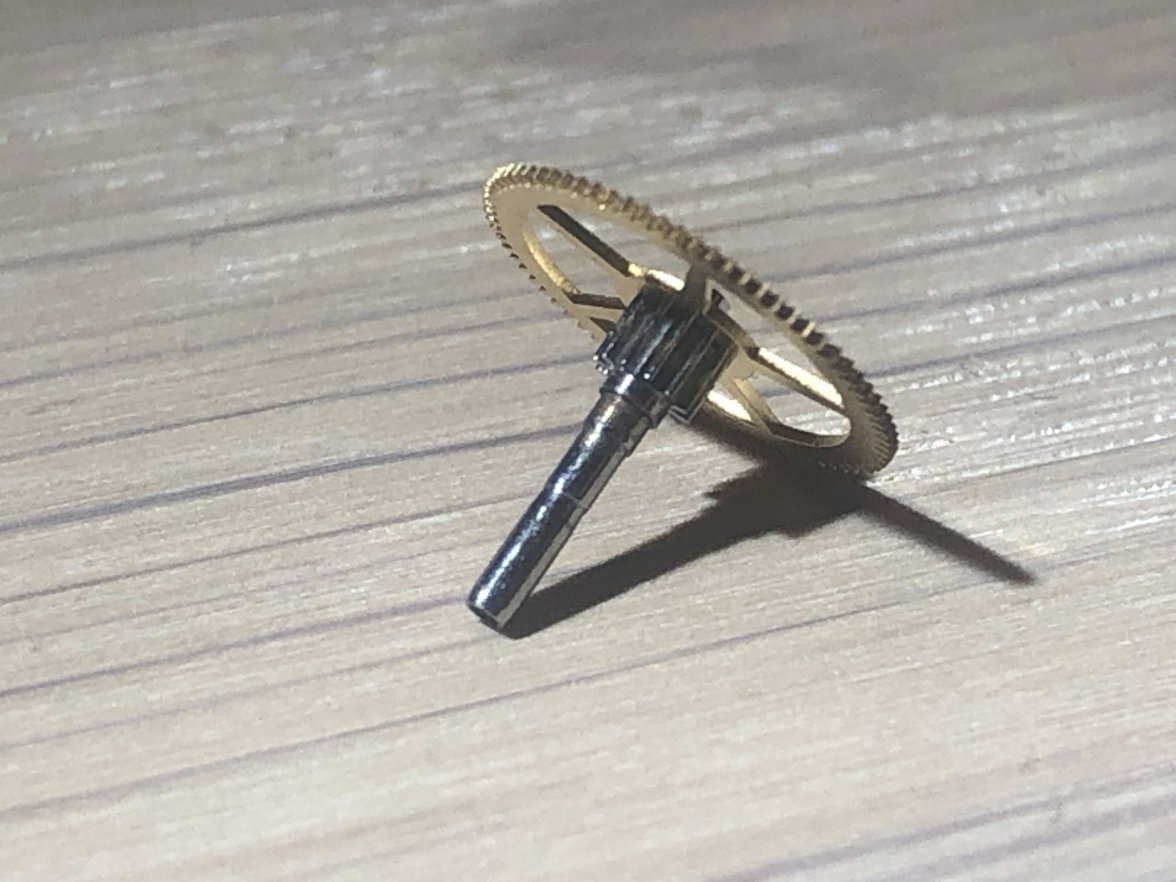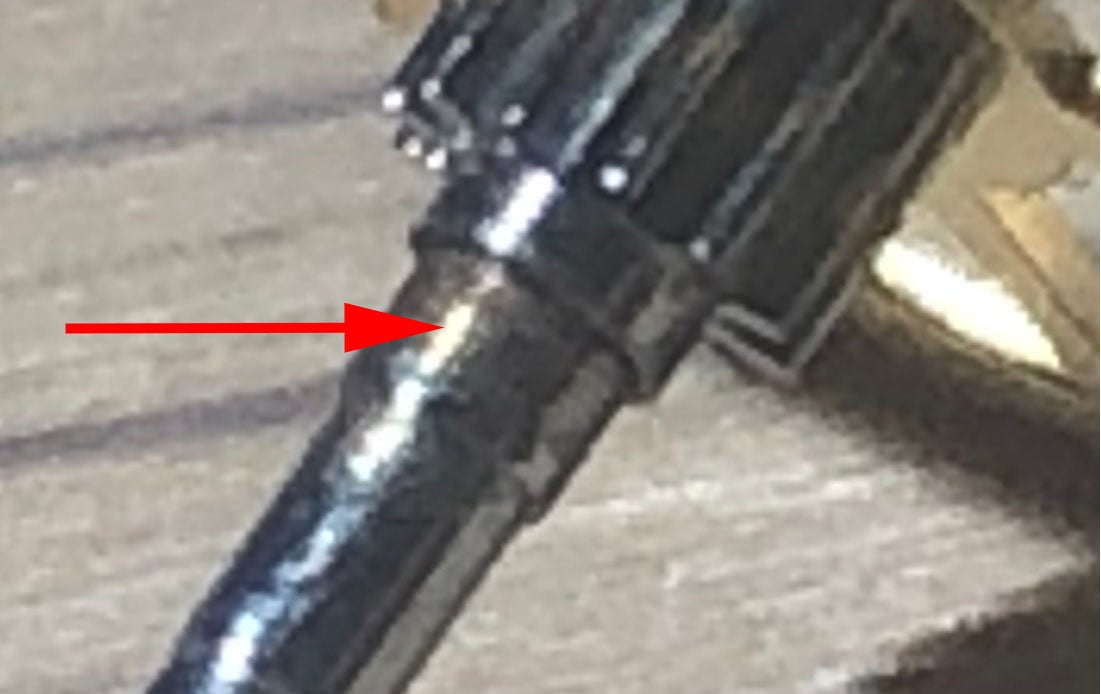So just an update...when this thread was started I searched for possible issues on the 3861 and found none that Omega had published. That has changed, and it appears there is an issue that Omega is seeing with the 3861 movements, and it's related to the center wheel. Basically it is showing some discoloration/debris in the places where the wheel goes through the main plate of the movement, and where it goes through the main bridge. In some cases the wheel shows premature wear.
They have stated that this can lead to weak balance amplitude, and it may also cause the movement to stop prematurely. They don't identify a specific issue, but say that all watches that have this problem will need a full service, and if there are any signs of wear on the center wheel, the wheel should be replaced. They also note that a "generous" amount of oil should be applied at these locations, noting that 6-8 drops of HP1300 should be used.
Of note, in the photos they have shown (sorry can't reproduce them here) they show that this center wheel goes through a bushing, which is a different situation than all other previous versions of this movement. In the past, the wheels have ridden in a simple hole that has been made in the softer brass plate, but the bushing in this 3861 appears to be a bronze bushing that would be a harder material, so my educated guess is that with this change in the material that the wheel rides in, a change of lubrication quantity was required and not done.
No indication how many 3861's this happens to, but usually they don't put something out like this unless they have had a few with problems. So if you notice anything with the watch, such as a short power reserve, get it in for warranty service so it can be corrected.
Cheers, Al


